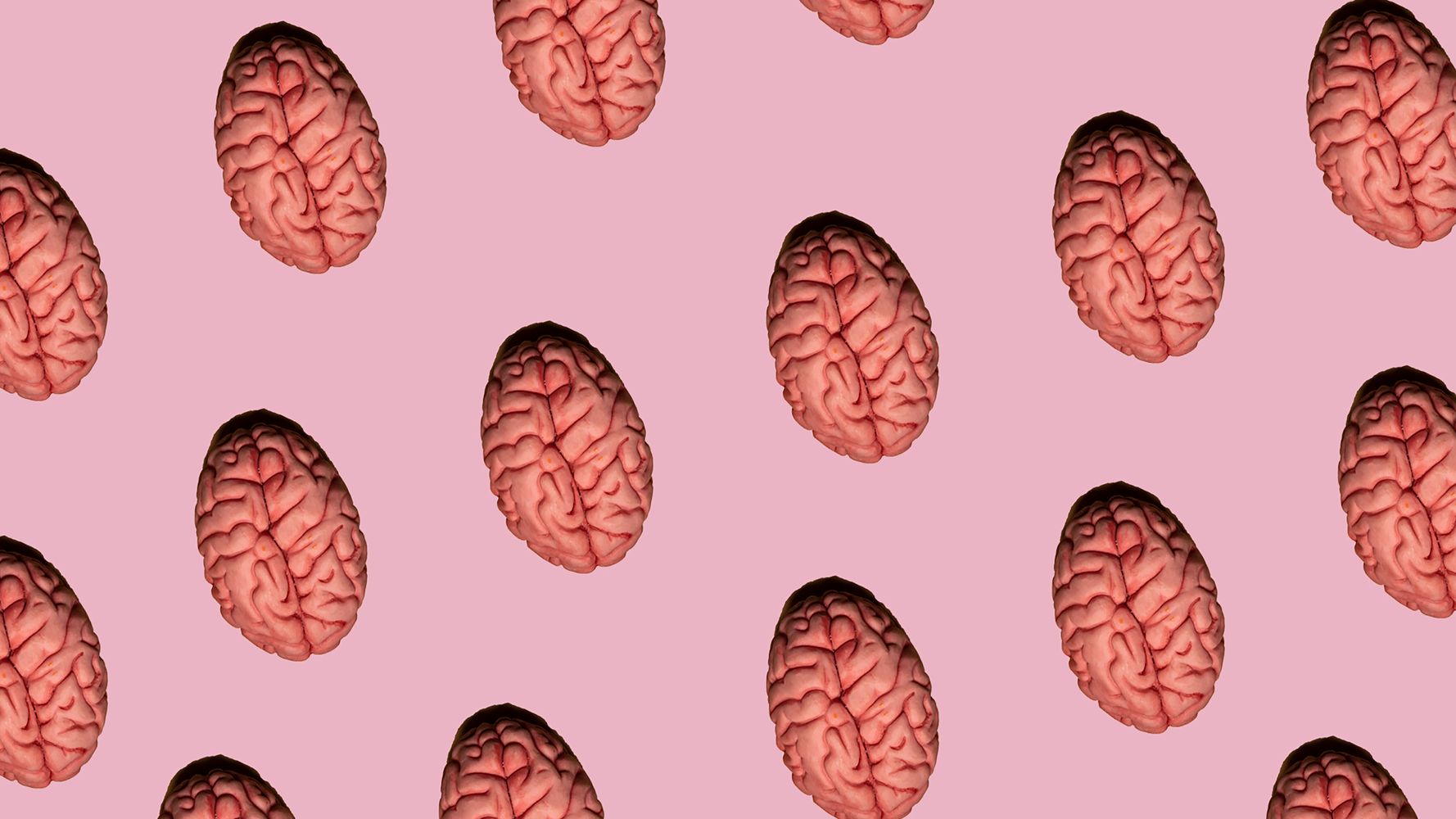Evidence tying COVID-19 to a wide range of neurological effects continues to grow. And now, a new animal study suggests the virus is capable of directly invading the brain. The effects could be serious, leading to brain fog and something researchers call “COVID dementia.”
The study, published in the journal Nature Neuroscience this week, was conducted in mice, so it is highly preliminary. More research needs to be conducted ― including examinations in humans ― before scientists can definitively say this is the case.
But researchers believe the study offers strong evidence that the S1 “spike” protein that studs the SARS-CoV-2 virus is able to cross the blood-brain barrier, the semi-permeable separation that, among other functions, protects the brain from foreign substances.
The spike protein is “responsible for binding to a cell, and it allows the virus to enter a cell,” explained William Banks, professor of medicine at the University of Washington School of Medicine, in a short YouTube video describing his team’s findings.
Because the spike protein is capable of crossing the blood barrier, Banks and his co-researchers believe it is likely that the entire SARS-CoV-2 virus can directly enter the brain.
Even if it does not, the spike protein could detach and circulate, which would mean that many of the neurological effects we blame on the virus are actually due to those freed proteins, Banks argued.
Indeed, for months experts have noted that many individuals infected with COVID-19 experience a kind of mental fog, struggling with attention issues, fatigue and forgetfulness. A small study in France found that nearly 35% of patients who’d been hospitalized with COVID-19 were struggling with memory loss months later.
While Banks and his co-researchers believe their animal study offers a possible explanation for these long-lasting neurological effects, experts not directly involved in the new research say it should be viewed with some caution.
“They’re looking at that one protein, and it shows it does cross the brain … but we can’t tell the long-term effects, because we haven’t had enough time with the virus yet,” Niket Sonpal, an internist and adjunct professor at Touro College in New York City, told HuffPost.
“We found a protein that helps us understand how this virus gets into the brain, which then in the future could help scientists to understand how to prevent that from happening,” Sonpal said.
If researchers better understand how COVID-19 might cross the blood-brain barrier, they could be in a better position to prevent complications and to create more versions of a vaccine, he added.
The new study is by no means the only one to suggest that SARS-CoV-2 can travel into the central nervous system and brain. An investigation of 33 people in Germany who died from COVID-19 found that more than half of the patients had evidence of SARS-CoV-2 in their noses and their brains, suggesting the virus had directly entered.
That said, experts are also exploring other possible explanations for the growing range of neurological effects that appear directly linked COVID-19 infection, such as clotting (which can cause serious brain injuries). It is also possible the brain sustains damage when an infected person’s immune system kicks into overdrive.
Whatever the causes, it is clear that doctors and researchers are paying greater attention to the direct impact COVID-19 can have on the brain, both in severe cases and milder ones.
“The central nervous system is likely to be a very significant player in how we treat our patients, how we think about what’s going on with them,” Banks said. “And if there are long-term symptoms — sort of a post-COVID syndrome — the brain may be involved in that.”
In the meantime, as experts continue to unravel the mysteries of COVID-19 brain fog, the advice for individuals looking to minimize their personal risk of contracting the virus remains the same: maintain social distance, wash your hands and wear a mask.
Experts are still learning about COVID-19. The information in this story is what was known or available as of publication, but guidance can change as scientists discover more about the virus. Please check the Centers for Disease Control and Prevention for the most updated recommendations.


